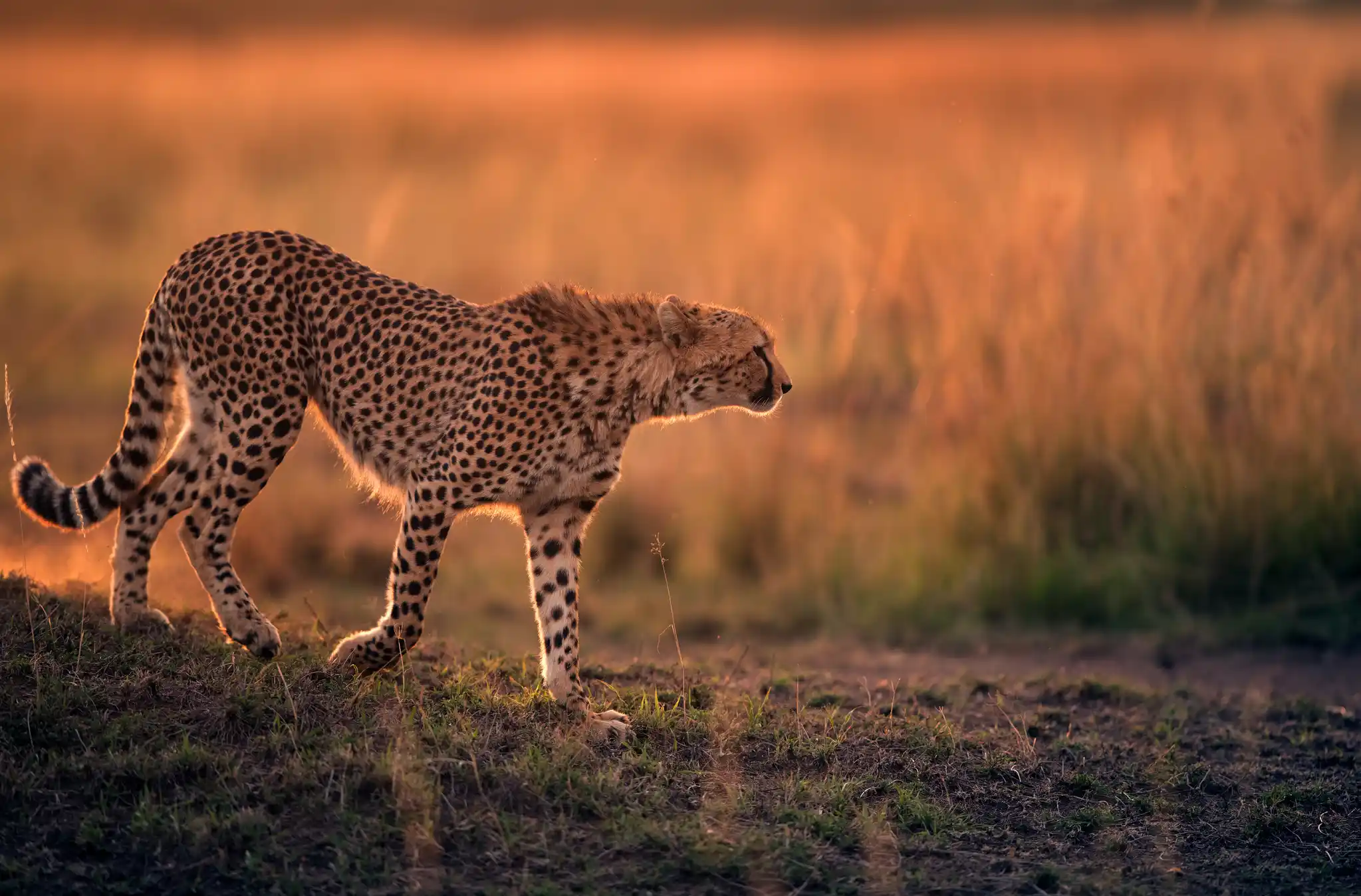Kenya Blog

Think Kenya is just about safaris and the Big Five? Think again. As night falls over the savannah, Kenya transforms into a celestial wonderland. With minimal light pollution, high-altitude landscapes, and wide-open skies, it’s one of the best places on Earth for stargazing. Whether you’re a passionate astronomer or a romantic dreamer, Kenya’s night skies offer magic beyond words. At Plan My Tour, we invite you to experience the wild beauty of Kenya—even after the sun goes down.
During the day, the Masai Mara dazzles with lions, elephants, and endless golden plains. But come nightfall, it becomes a completely different world. Imagine lying on a deck chair outside your tented camp, with no city lights around—only the Milky Way arched above you and the occasional roar of a lion in the distance.
🌌 What You’ll See: Thousands of stars, the Southern Cross, Orion’s Belt, and shooting stars almost every night.
🔥 Extra Touch: Some luxury camps offer guided “night sky safaris” with telescopes and astronomy experts.
Located in central Kenya, the Laikipia Plateau is a lesser-known gem—home to wildlife conservancies and scientific research centers. It also happens to be one of Kenya’s top high-altitude stargazing zones.
🔭 Why It’s Great: High elevation + dry climate = clear skies almost year-round.
🏕️ Where to Go: Ol Pejeta Conservancy or Borana Lodge—both offer immersive wilderness experiences with incredible nighttime views.
In the remote north of Kenya lies the Chalbi Desert, a surreal, otherworldly expanse near the Ethiopian border. With its cracked earth, volcanic rock, and complete isolation, it's like stepping onto another planet—and the night skies are equally out of this world.
🛰️ Stargazing Vibe: Pitch a tent, sit by a fire, and watch galaxies spin above you with zero light interference.
✨ Bucket List Alert: Chalbi is also one of the best places to witness meteor showers in Kenya—especially during August's Perseids.
Known as the Jade Sea for its shimmering green waters, Lake Turkana is not only a UNESCO World Heritage site—it’s also surrounded by volcanic formations and lava fields that amplify the surreal atmosphere under a star-strewn sky.
🌋 Must-Do: Camp on South Island National Park (reachable by boat) and stargaze under complete darkness surrounded by flamingos, crocodiles, and silence.
🌠 Pro Tip: Visit during the dry season (June–September) for the clearest skies.
For those starting or ending their Kenyan adventure in Nairobi, the Nairobi Planetarium offers a curated glimpse into the African sky—even when clouds roll in.
🪐 What to Expect: Star shows, constellation stories from African folklore, and beginner astronomy tips for future safaris.
📍 Location: The planetarium is mobile and often set up in public parks—check with Plan My Tour for current locations.
✨ Best Time for Stargazing:
👉 June–September (dry season) = clear skies, no humidity
👉 Top Meteor Showers to Catch:
👉 MoPerseids (August)
👉 oGeminids (December)
👉oLyrids (April)
🌌 Loisaba Star Beds (Laikipia): Sleep under the stars on open-air rolling beds
🌌 Elephant Pepper Camp (Masai Mara): Offers guided night-sky storytelling sessions
🌌 Desert Rose Lodge (Northern Kenya): Remote and ideal for silent stargazing nights
Vegetarian Travelers, Rejoice!
Many safari lodges in Kenya now cater to pure vegetarian diets, often using fresh, organic produce.
🫑 Top Vegetarian-friendly Lodge Kitchens:
👉 Saruni Mara (Masai Mara): Custom vegetarian menus on request
👉 Olepangi Farm (Laikipia): Farm-to-table organic vegetarian meals
👉 In Kenya, the adventure doesn’t end when the sun sets—it only changes form. From the whispering grasses of the Mara to the fiery deserts of the north, Kenya’s night skies offer something rare: a sense of awe. Come for the wildlife, stay for the stardust. With Plan My Tour, your African nights will be just as unforgettable as your days.
🌠 Ready to chase stars in Kenya? Let’s plan your dream sky safari. 🌠